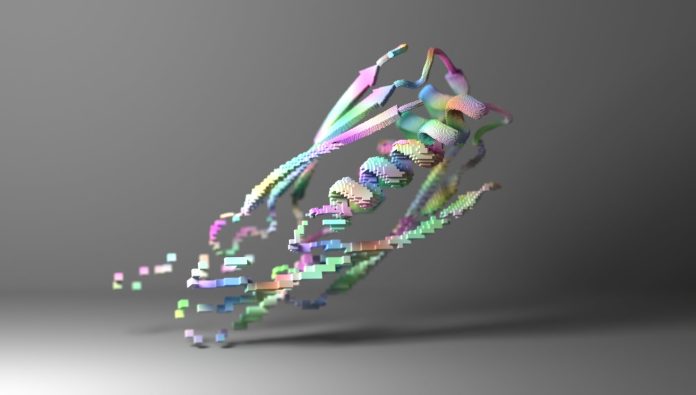Over the past two years, machine learning has revolutionized protein structure prediction. Biologists at the University of Washington School of Medicine show that machine learning can be used to create protein molecules much more accurately and quickly than previously possible. The scientists hope this advance will lead to many new vaccines, treatments, tools for carbon capture, and sustainable biomaterials.
“Proteins are fundamental across biology, but we know that all the proteins found in every plant, animal, and microbe make up far less than one percent of what is possible. With these new software tools, researchers should be able to find solutions to long-standing challenges in medicine, energy, and technology,” said senior researcher David Baker, professor of biochemistry at the University of Washington School of Medicine and recipient of a 2021 Breakthrough Prize in Life Sciences.
Proteins are often referred to as the “building blocks of life” because they are essential for the structure and function of all living things. They are involved in virtually every process that takes place inside cells, including growth, division, and repair. Proteins are made up of long chains of chemicals called amino acids. The sequence of amino acids in a protein determines its three-dimensional shape. This intricate shape is crucial for the protein to function.
Recently, powerful machine learning algorithms including AlphaFold and RoseTTAFold have been trained to predict the detailed shapes of natural proteins based solely on their amino acid sequences. Machine learning is a type of artificial intelligence(AI) that allows computers to learn from data without being explicitly programmed. Machine learning can be used to model complex scientific problems that are too difficult for humans to understand.
To go beyond the proteins found in nature, Baker’s team members broke down the challenge of protein design into three parts and used new software solutions for each.
First, a new protein shape must be generated. The team showed that artificial intelligence can generate new protein shapes in two ways. The first, dubbed “hallucination,” is akin to DALL-E or other generative AI tools that produce output based on simple prompts. The second, dubbed “inpainting,” is analogous to the autocomplete feature found in modern search bars.
Second, to speed up the process, the team devised a new algorithm for generating amino acid sequences. This software tool, called ProteinMPNN, runs in about one second. That’s more than 200 times faster than the previous best software. Its results are superior to prior tools, and the software requires no expert customization to run.
“Neural networks are easy to train if you have a ton of data, but with proteins, we don’t have as many examples as we would like. We had to go in and identify which features in these molecules are the most important. It was a bit of trial and error,” said project scientist Justas Dauparas, a postdoctoral fellow at the Institute for Protein Design
Third, the team used AlphaFold, a tool developed by Alphabet’s DeepMind, to independently assess whether the amino acid sequences they came up with were likely to fold into the intended shapes.
“Software for predicting protein structures is part of the solution but it cannot come up with anything new on its own,” explained Dauparas.
“ProteinMPNN is to protein design what AlphaFold was to protein structure prediction,” added Baker.
The team from the Baker lab confirmed that the combination of new machine learning tools could reliably generate new proteins that functioned in the laboratory.
“We found that proteins made using ProteinMPNN were much more likely to fold up as intended, and we could create very complex protein assemblies using these methods,” said project scientist Basile Wicky, a postdoctoral fellow at the Institute for Protein Design.
Among the new proteins made were nanoscale rings that the researchers believe could become parts for custom nanomachines. Electron microscopes were used to observe the rings, which have diameters roughly a billion times smaller than a poppy seed.
“This is the very beginning of machine learning in protein design. In the coming months, we will be working to improve these tools to create even more dynamic and functional proteins,” said Baker.








